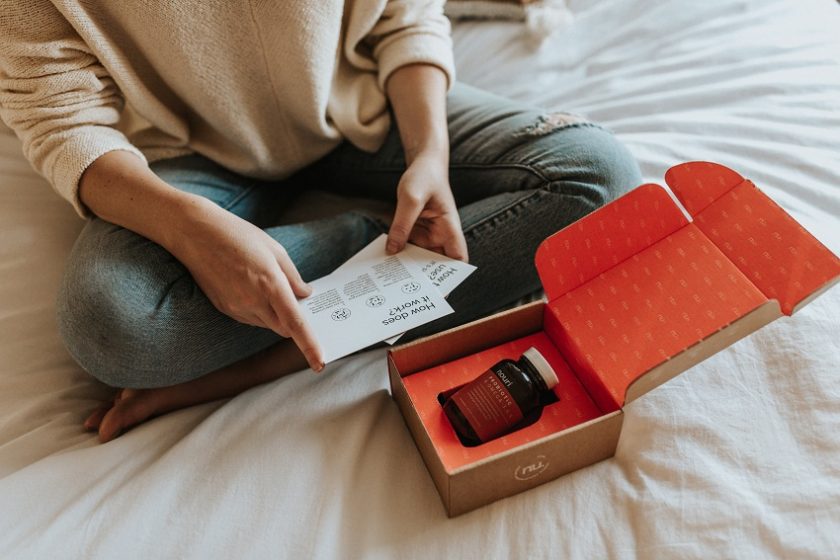An online shopping transaction is complete only when the package arrives safely at the customer’s door. No amount of website design, innovative marketing, and friendly personnel will matter to your customer if the customer’s order turns out to be mangled and broken.
How online merchants pack order will impact their customers’ buying experience. You need to take time and investing the money to properly pack an order before handing it over to several carrier agencies.
In this article, Mr. Gaurav Jalan, Founder, and Director of Packman Packaging (India’s leading packaging company and one of the largest supplier of eCommerce packaging solutions) share tips for e-commerce packaging that will please customers. Here, they are.
Think About Your Products
As a normal rule, your package the bag or box you are sending to your customer must be able to survive a four-foot drop. Imagine holding your box four feet above a hard-concrete floor and letting it fall.
If you have ever observed the maze of conveyor belts and the army of human package handlers at just about any carrier’s sorting facility, you will understand how the occasional box will take a tumble.
The products that you sell and transport will determine how carefully you will need to pack to pass this four-foot drop test.
For instance, if your online store sells shirts, you can very safely pack orders in durable plastic bags without any filler or padding. But if you sell glass made objects, you’ll need significantly more cushioning.
Select Materials Wisely
Polybags, that is durable, water-resistant, and less likely to tear, work well for soft goods that are not fragile. Clothing is an example of such goods that may be safely sent in poly bags or you may send stuffed toys, pillows, or similar items in these bags, too.
While for everything else, use a double-walled, corrugated cardboard box. Corrugated boxes are both potent and lightweight, making them a good selection for e-commerce fulfillment.
Corrugated boxes usually have “burst” and “crush” ratings. Both of these ratings are based on pounds of pressure per square inch. If you’re transporting a box that weighs lesser than about 60 pounds and is not larger than a combined length, width, and depth of 85 inches, you can use cartons that have a burst rating of 200 pounds every square inch and a crush rating of a minimum 48 pounds per square inch.
As the package’s weight or size increases so do the burst and crush rating of the box.
Secondly, add filler to your double-walled corrugated cardboard box. Air-cellular cushioning, that is essentially some form of a plastic bag filled with air (air pockets), is one of the finest choices. Online merchants might also use foam filler, packing peanuts, or even wads of paper to fill up the blank spaces in a box and ensure that its contents don’t get jumped around.
Finally, never skimp on the tape. Use tape that is at least two inches wider. You can apply pressure-sensitive plastic tape; water-activated paper tape which is at least 60-pound grade; or water-activated reinforced tape.
If the products you sell are at a risk to water damage, you might also need sealable plastic bags to wrap your items before you place them in the box.
Single Box Packing
For several e-commerce stores, it will be enough to simply put items in a single, good-quality corrugated box surrounded by fillers. In fact, single-box packaging is the most common approach for packing non-fragile e-commerce products which are ordered. You will either wrap the items in a filler like the above-mentioned air-cellular cushioning or similar material or submerge the products in loose-fill, like the packing peanuts. Cover the gaps and tape every seam.
Double Box Packing
Certain e-commerce shipments are breakable. If you sell high-value or fragile items, you need to double-box your shipments.
Double boxing adds expense both in terms of actual and dimensional weight. It is likely to cost more to ship a double-boxed order. And it will definitely cost more in packing materials. But if it keeps the items safe and intact and the customer happy, you should do it.
You are actually placing a box inside a box. The first, smaller box keeps the items you’re shipping and a reasonable amount of filler. This box is then kept in a larger box with a healthy amount of filler meant to keep the small box from moving and shaking and to protect it in the case if the box is dropped, crushed, or kicked.




